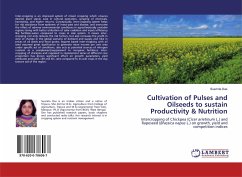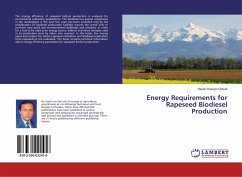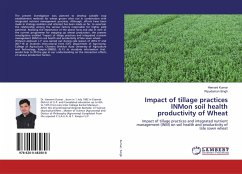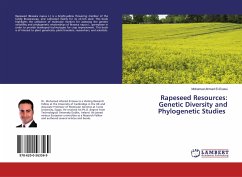The present study both of the direct and indirect energy inputs and outputs were analyzed to determine the energy efficiency of winter rapeseed cultivation. The amount of energy that consumed in tillage, sowing, fertilizing, agricultural spraying and harvesting were determined during the rapeseed cultivation. The energy inputs regarding to fuel and oil consumption of agricultural tractors and tools/machineries were considered as the direct energy inputs. The energy inputs such as human labor, manufacturing tractors, tools/machineries, fertilizers, pesticides and seed obtainment processes were considered as the indirect energy inputs that used in rapeseed cultivation. In this experimental study, the conventional tillage, reduced tillage and direct sowing methods were compared with respect to energy use and CO2 emissions for rapeseed cultivation methods.








